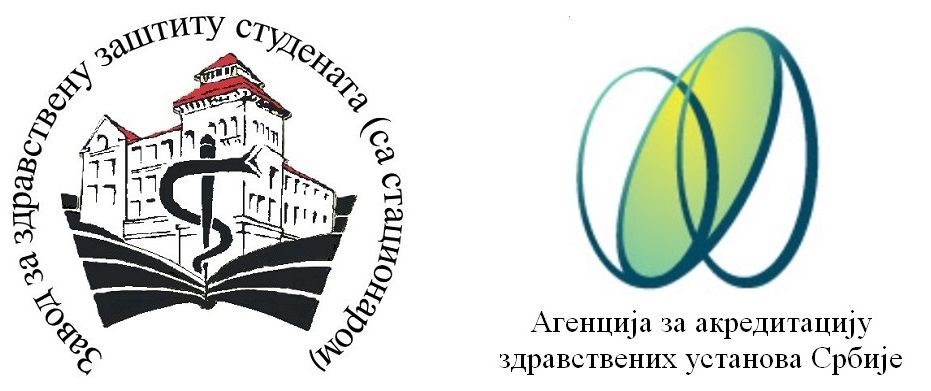Institute for Students Health of Belgrade University
95 Years of Existance – Historical facts, memories and respect
Preserving and improving students’ health is one of the top priorities in every country that cares about its future, thus the majority of the world has policy to make healthcare of this population group as priority.
In our country, students younger than 26 have unrestricted access to universal healthcare, with all the benefits that entails. Having the specific needs of student population in mind, and with an aim to preserve, provide and enhance their health and wellbeing, Institute for Students Health of Belgrade University has exited under multiple names ever since 1922.
Today, Institute for Students Health of Belgrade University operates within the network of health institutions, classified as an institute with a hospital. The primary role of this institution is to plan, organize and realize programs of preventive medicine and care, with a goal to preserve and improve the health of our student population, as well as to efficiently treat students, which includes hospitalization. In that sense, our institute has two counterparts: Polyclinic and Surgery.
The Polyclinic is situated in an elegant building built in 1923/24 at the intersection of Krunska and Brace Nedica Street. The owners’ original idea was to make this complex the greatest and the most advanced private health institute in the Balkans. From that time onward, it has been a home to many different health institutions, including the Institute for Students Health of Belgrade University which has been here for the past sixty years.
This building had a fate similar to that of many private and public properties in Belgrade which were destroyed or partially demolished in bombings of 1941 or 1944.
Historical records describe a tragedy that happened on April 16th 1944, when the people of Belgrade were looking forward to celebrate the greatest Christian holiday – Easter: “The majority of our citizens was in churches or undertaking preparations for the Easter feast. At 11:30 AM, during a half-hour long invasion, Belgrade was carpet-bombed (pelted by interconnected bombs), which caused an unseen destruction of the city. Only half an hour later, during the second wave, everything happenned all over again. The official reports said that the „Alied Forces were aiming to hit German military bases“, yet the press and other sources talked about the bombing of „temples of humanity and altruism“, nurseries, birthing centers, children’s shelters, hospitals, workers’ homes, homes of people joined around the Easter feast, celebrating Christ’s Resurrection. Belgrade was demolished, and in the building on the street corner of Krunska and Brace Nedic, which used to be the city’s large maternity hospital, 22 mothers died, 22 newly born babies, three medical workers and dozens of young fathers and close relatives who were visiting. “
A few years after the bombing, the building was reconstructed, however the terraces and the original decorations were missing, so was the original roof, the mansard and the observation deck at the top. Since the first reconstruction in 1946, over the next 3 decades, this building hosted several different health institutions, and since its last reconstruction in the 90’s it has become a home solely to our institute.
Today, with a lot of effort and stamina, as a symbol of improvement and prosperity, there are around 180 health workers and other employees at this institute. They care about the health of 120 000 academics studying at the University of Belgrade. For this reason, the instute has a particular responsibility to protect the health of those who represent the future of every country.
As a show of respect and in memory of the mothers and their babies who died on April 16th 1944, the employees of the Institute wish to dedicate a memorial to them, engraved in white stone, with a gently sculpted rosebud separated from its stem, symbolizing the unjust violence that took their young lives.
May, 2017
The collective of Institute for Students Health of Belgrade University
